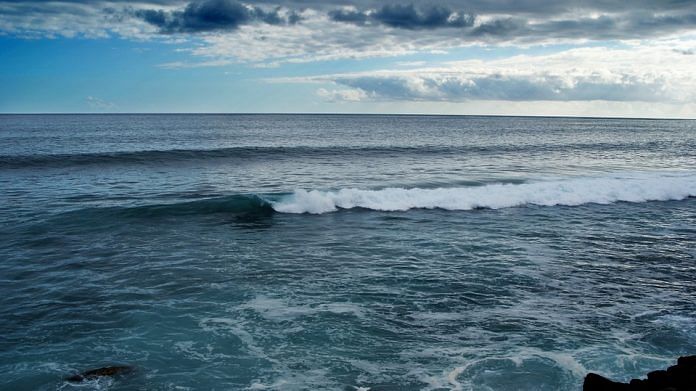Melting ice in Norway reveals a trove of Viking-era artefacts
A retreating ice patch in Norway’s mountains has revealed a cache of perfectly preserved artefacts that had possibly been dropped by the side of the road during the Viking era.
Back in 2011, archeologists had discovered a woolen tunic dating back to the third or fourth century AD. Since then the ice in the region has retreated further, exposing knitted mittens, leather shoes and arrows still with their feathers attached.
The bulk of the finds date from the period around 1000 AD, during the Viking era, when trade and mobility in the region were at their peak.
Among their finds are wooden items such as a snowshoe for horses and a Bronze Age ski. Researchers also found remains of a small shelter, remains of dairy products and fodder.
This ocean creature could be the world’s largest animal
Underwater explorers found a 45 metre-long siphonophore — a translucent, stringy creature made up of smaller critters — living in a submarine canyon off the coast of Australia.
The researchers say that this may be the largest animal ever discovered.
Every individual siphonophore is made up of many little “zooids” — each of which performs a function for the siphonophore’s larger body.
Zooids are born axsexually, and are always linked together in long chains. These chains are known to reach lengths of up to 40 metres and are about as thick as a broomstick.
This record-setting siphonophore was one of several discoveries made by a team aboard the research vessel Falkor while exploring deep-sea canyons off the coast of Australia.
Newly discovered Earth-like planet may have potential to host life
Scientists have discovered a new exoplanet some 300 light-years away that they believe could host life. The discovery was made from the data from NASA’s Kepler Space Telescope, which has now been decommissioned.
The world, named Kepler-1649 c, is just six per cent larger than the Earth and orbits a tiny red dwarf. Researchers believe that despite the unpredictable nature of red dwarfs, the newly discovered planet sits in the star’s habitable zone — where liquid water can exist on the planet’s surface.
The team hopes that by studying such Earth-like planets scientists can better understand the conditions that allowed life to originate.
US facing the worst-ever megadrought due to worsening climate crisis
A megadrought worse than anything experienced on Earth so far may already be underway in the western United States and northern Mexico, a study suggests.
Since the year 2000, the region has been suffering an ever-lengthening string of dry years. Scientists now warn that the worsening climate crisis may be pushing the region towards extreme long-term drought.
The study by researchers at the Columbia University is based on modern weather observations, along with 1,200 years of tree-ring data and dozens of climate models.
Tree rings have allowed scientists to infer yearly soil moisture for centuries before humans began influencing the climate. The team then compared the ancient megadroughts to soil moisture records calculated from observed weather in the years from 2000 to 2018.
They found the current drought is already outdoing the three worst ones.
Australia investing USD 150 million in research to save Great Barrier Reef
Australia is planning to use salt crystals to brighten clouds and deploy coral larvae, among 43 concepts, to limit the impacts of global heating on the Great Barrier Reef.
The Australian government is investing USD 150m in a research and development programme to study the feasibility of numerous ideas to save the iconic corals under the Reef Restoration and Adaptation Program (RRAP).
This year, the world’s biggest coral reef system underwent the third and widest outbreak of mass coral bleaching in five years. The Great Barrier Reef has experienced five mass bleaching events – 1998, 2002, 2016, 2017 and 2020 – all caused by rising ocean temperatures driven by global heating.
Some of the concepts include shading reefs by brightening clouds using nano-sized ocean salt crystals, or creating fog and mist over smaller reef areas; using “micro-bubbles”, ultra-thin natural films and farmed algae to reduce light over smaller areas; enhancing damaged reef structures with mesh, frames, concrete shapes and 3D printed forms that could recreate the complexity of natural reefs and dispersing slicks of natural and tank-raised coral larvae onto reefs.







The article should probably replace largest with longest. Largest implies surface area rather than length.
Came to say this as well.. “largest” is sensationalist and not true.